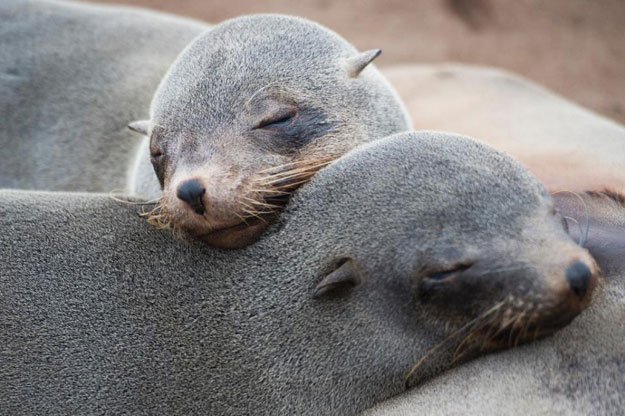
The project has involved more than 1,000 seals since it began in 2004 and on Monday the international scientists behind it launched the portal "Marine Mammals Exploring the Oceans Pole-to-pole" (www.meop.net) with the data collected so far.
"They are taking data from places where there has been virtually no data before. It's unique," said Mike Fedak, head of the Sea Mammal Research Unit at St Andrew's University, which developed the tags.
"This data can be used in lots of different ways including for measuring the movement of glaciers, which impacts on the world's oceans," he told AFP.
Read: Buffalo breeding: UVAS scientist wins award at International Congress
The monitors are battery-powered and intended to last for months at a time, collecting measurements for salinity and temperature that are then beamed back to researchers via satellite in short messages.
Other monitors being developed would measure oxygen levels in the water and the amount of chlorophyll, which would be a way of measuring carbon dioxide levels and the phenomenon of ocean acidification.
Since the start of the project, some 400,000 environmental profiles have been produced.
Each profile is based on a seal dive, some of which can go down as deep as 2,100 metres (6,890 feet).

The seals will help scientists research global warming, ice cover and weather forecasting. PHOTO: AFP
"The information sent back to us gives us details about the seal's immediate physical environment. It's like tweeting," said Lars Boehme, a lecturer at St Andrew's.
The sensors are non-invasive and fall off when the seals moult. They have been installed on around 100 marine species, including turtles, whales and sharks.
Read: Animal science: New campus to accommodate 6,000
"They're not easy to do. They require a lot of sophisticated software and they have limited energy," Fedak said.
"You have to make the most of the battery. You want it to last 10 months through the Antarctic winter!"
The project involves an international consortium from 11 countries: Australia, Brazil, Britain, Canada, China, France, Germany, Greenland, Norway, South Africa and United States.

















COMMENTS
Comments are moderated and generally will be posted if they are on-topic and not abusive.
For more information, please see our Comments FAQ